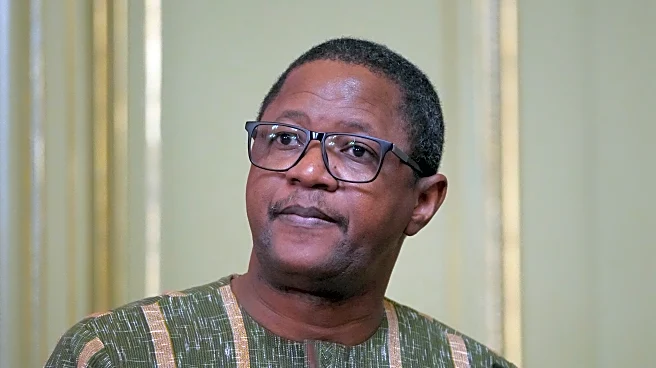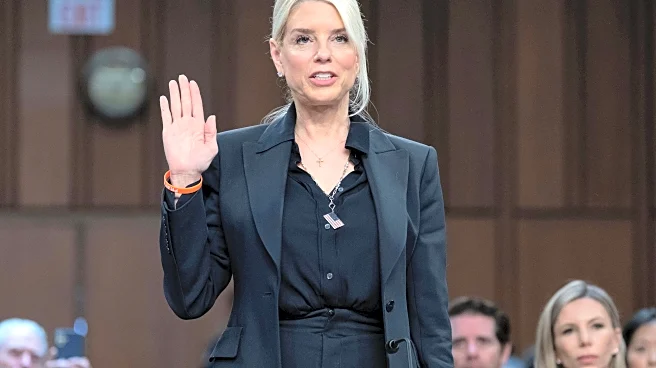What's Happening?
The Trump administration has introduced a $100,000 fee for new H-1B visa applications, causing anxiety among employers and international students in Charlotte. The H-1B visa allows non-citizens to work in the U.S. for up to six years, and is often sought by international students after graduation. The new fee significantly increases the cost of visa applications, which previously ranged from $4,000 to $7,000. Employers, including major companies like IBM and Bank of America, are concerned about the financial burden, which may deter them from sponsoring foreign workers. International students, who rely on these visas to continue their careers in the U.S., face uncertainty and may need to explore alternative pathways.
Why It's Important?
The increased fee for H-1B visas could have a profound impact on the U.S. labor market, particularly in sectors that rely heavily on skilled foreign workers. Employers may struggle to afford the new fee, potentially leading to a decrease in the hiring of international talent. This could affect innovation and competitiveness in industries such as technology and finance. For international students, the fee poses a barrier to staying in the U.S., which could result in a loss of skilled professionals and affect the diversity of the workforce. The policy change may also influence the attractiveness of the U.S. as a destination for international students and workers.
What's Next?
Litigation over the $100,000 fee is ongoing, and its outcome could determine the future of H-1B visa applications. Employers and immigration attorneys are closely monitoring the situation, advocating for a resolution that balances the need for skilled foreign workers with financial considerations. International students may need to explore alternative visa options or consider returning to their home countries if the fee remains in place. The policy change could prompt discussions on immigration reform and the role of foreign talent in the U.S. economy.
Beyond the Headlines
The fee increase raises questions about the U.S. immigration policy and its alignment with economic goals. It highlights the tension between protecting domestic jobs and fostering a diverse, skilled workforce. The policy may also have cultural implications, affecting the integration of international students and workers into American society. The situation underscores the need for a comprehensive approach to immigration that considers economic, social, and cultural factors.












